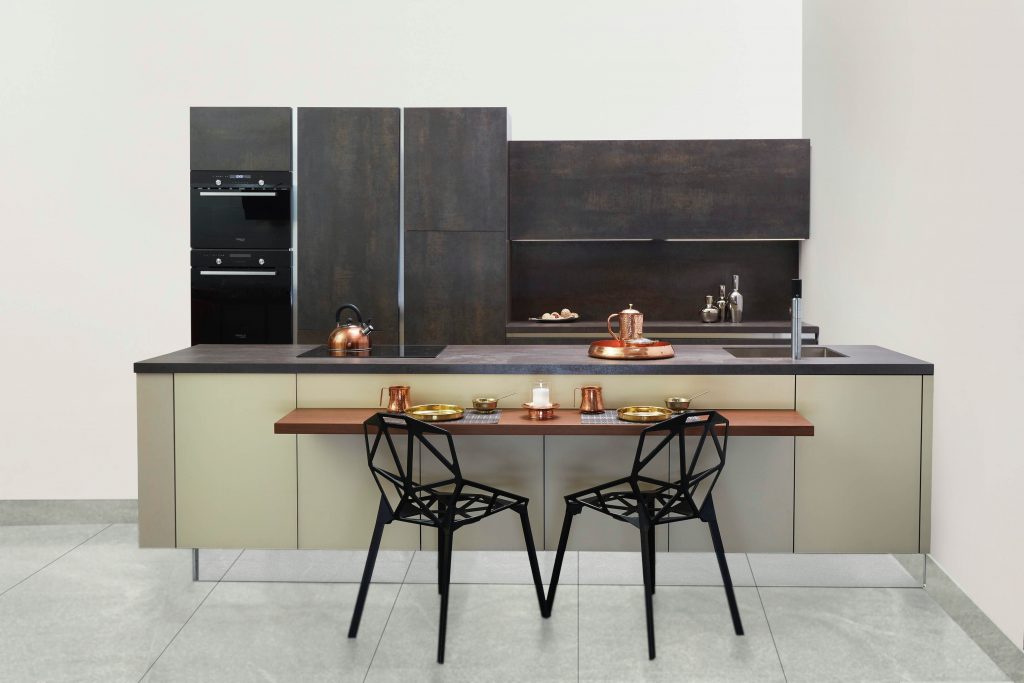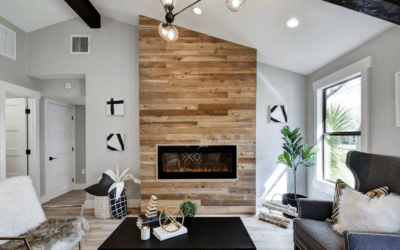Mastering the Art of Interior Design: Expert Tips and Tricks
Interior design is all about creating a harmonious and aesthetically pleasing environment that reflects your personal style and enhances the functionality of the space. Whether you are redecorating your home or starting from scratch, understanding the fundamentals of interior design is crucial. In this article, we will explore expert tips and tricks to help you master the art of interior design and create a space that is both visually appealing and functional.
Understanding the Fundamentals: Interior Design Basics
Before diving into the world of interior design, it is essential to familiarize yourself with the basics. Start by understanding the different design styles such as modern, traditional, minimalist, or eclectic. Research and gather inspiration from interior design magazines, websites, and social media platforms to get a better understanding of the styles that resonate with you.
Another fundamental aspect of interior design is space planning. Take into account the size and layout of the room and explore various furniture arrangements that maximize functionality and flow. Consider the purpose of the space and create zones for different activities such as dining, lounging, or working. Additionally, understanding color theory and how to use it effectively in your design can greatly impact the overall ambiance and mood of the space.
Creating a Cohesive Space: Strategic Design Principles
A well-designed space is one that is cohesive and visually appealing. To achieve this, it is important to follow strategic design principles. Begin by establishing a focal point in each room, whether it’s a statement piece of furniture, artwork, or an architectural feature. This focal point will anchor the design and guide the placement of other elements in the room.
Balance is another crucial principle in interior design. It can be achieved through symmetrical or asymmetrical arrangements of furniture and accessories. Symmetrical balance creates a sense of order and formality, while asymmetrical balance adds a touch of interest and creativity. Furthermore, consider the scale and proportion of the furniture and accessories to ensure they are suitable for the size of the room.
Enhancing Ambiance: Lighting, Color, and Texture Techniques
Lighting, color, and texture are powerful tools that can completely transform the ambiance of a space. Proper lighting is essential for creating the right mood and highlighting key elements in the room. Incorporate a combination of ambient, task, and accent lighting to achieve a layered and well-lit space. Experiment with different lighting fixtures such as chandeliers, wall sconces, and table lamps to add depth and character.
Color plays a significant role in interior design and can evoke different emotions. Neutral colors create a calm and timeless atmosphere, while bold colors add vibrancy and energy. Consider the psychology of color and choose hues that align with the purpose of the room. Additionally, texture can add depth and tactile interest to a space. Mix different textures such as velvet, leather, or natural fibers to create a visually appealing and inviting environment.
Transforming Small Spaces: Maximizing Functionality and Style
Designing small spaces can be challenging, but with the right techniques, they can still be functional and stylish. Start by decluttering and maximizing storage options to create a clean and organized environment. Utilize multifunctional furniture pieces that serve dual purposes, such as a storage ottoman or a sofa bed. Additionally, choosing light and neutral colors can make a small space appear larger and more open.
Maximizing natural light is crucial in small spaces. Avoid heavy curtains or blinds that block light and instead opt for sheer or light-filtering window treatments. Mirrors are also a great way to create an illusion of space by reflecting light and making the room appear larger. Lastly, embrace the power of vertical space by utilizing wall-mounted shelves or hanging plants to maximize storage and add visual interest.
Mastering the art of interior design is a journey that requires a balance of creativity, knowledge, and practicality. By understanding the fundamentals of interior design, following strategic design principles, and utilizing lighting, color, and texture techniques, you can create a space that is both visually pleasing and functional. Whether you are transforming a small space or designing a larger room, these expert tips and tricks will guide you towards creating a space that truly reflects your personal style and enhances your everyday life.






0 Comments